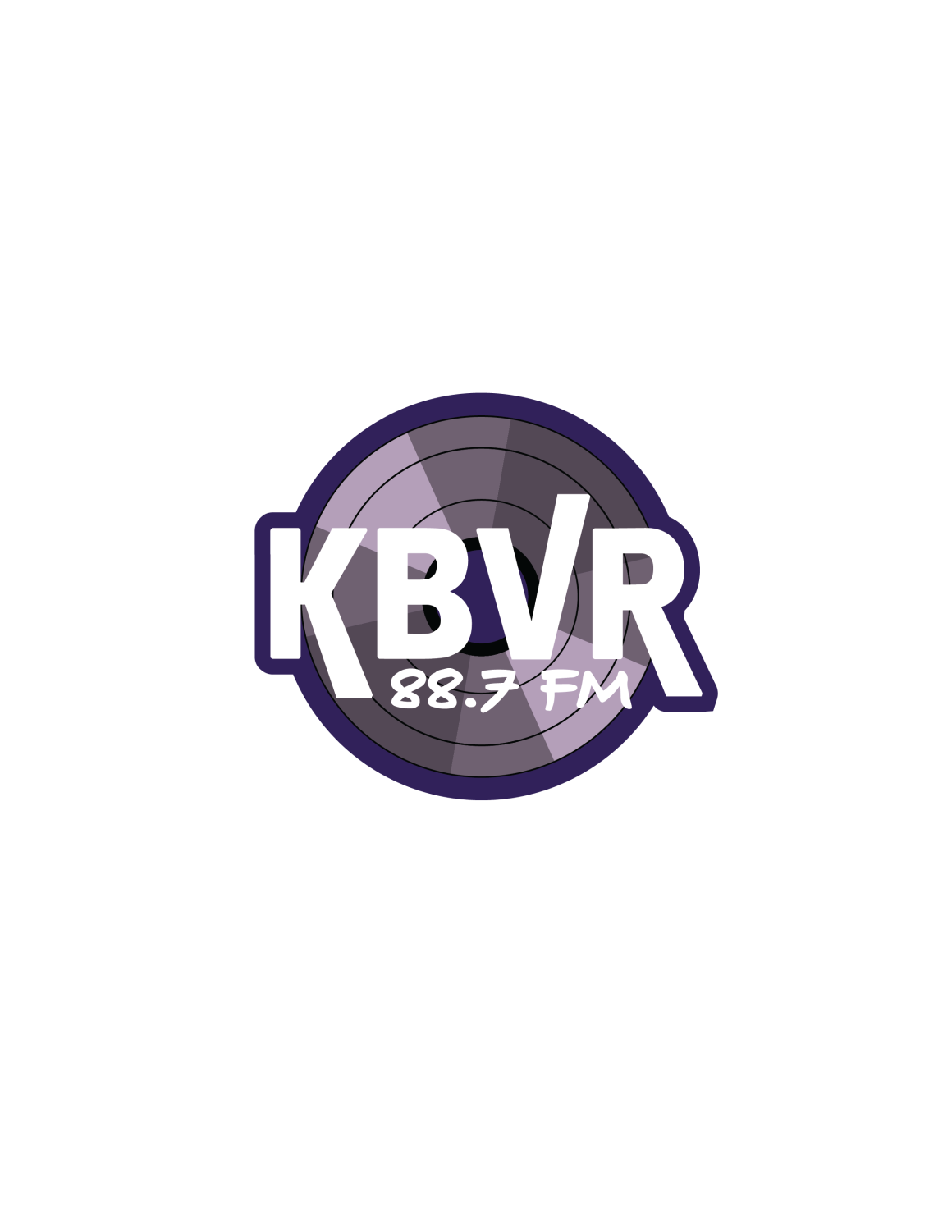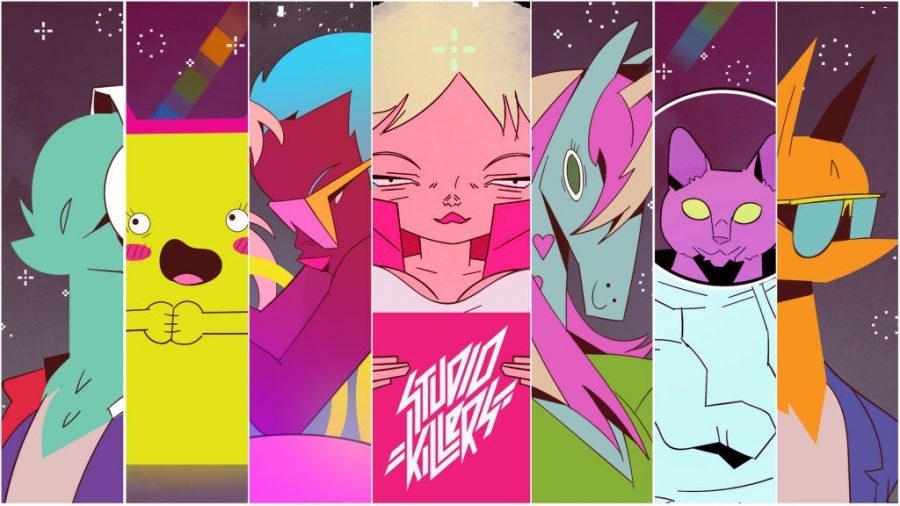A Look into Virtual Artists
February 7, 2021
As technology advances, it is interesting to see the new artistic ventures that music artists will take using technology. Tools like audio editing software and amplifiers have a clear purpose. Sometimes there is a venture that the truly creative people can push the boundary of how we look at music. One idea that is starting to gain more traction is a virtual band. This is a band that has virtual characters that are shown performing the instruments in the music videos to implicate they are the real band members. This can be originated to the idea of Alvin and the Chipmunks in the 1950s, but has been pushed forward by more artists over time. I will be talking about some interesting artists right now and each one is using a new idea to push the boundaries for virtual bands.
Gorillaz
Created in 1998 by Blur singer Damon Albarn and artist Jamie Hewlett, Gorillaz have maintained being the most recognizable virtual band. They have released the famous songs Clint Eastwood, Feel Good Inc., On Melancholy Hill, and many other amazing tracks. The band has collaborated with a wide range of artists from many genres since its inception. It can maintain relevance by collaborating with popular artists of the time. Also, the art style has paralleled the new styles as well. From the early days, it was a 2D animation, followed by 3D animation, and it is now playing with AR technology in their newest albums. Gorillaz have a dedicated fan base that search every music video for history of the virtual members: 2-D, Murdoc, Russel, and Noodle as they go on their adventures.
Studio Killers
I have found Studio Killers to be a very interesting case for virtual bands. Throughout the career, their actual identity is unknown and the band are known as: Chubby Cherry, Goldie Foxx, Dyna Mink, and Bipolar Bear. This differs from Gorillaz because Damon was known before Gorillaz in Blur. They hail from the UK, Finland, and Denmark and are most known for songs Ode to the Bouncer and Jenny. Recently, they have been crowdfunding in order to get an animated series for the band. I think this would be a great advancement for virtual bands.
K/DA
K/DA is the newest compared to the two listed above, but they were quickly boosted by being attached to the popular competitive game, League of Legends. The group is inspired by K-pop girl groups, modeled after in-game characters, but voiced by famous singers. Different from other virtual bands, the creator was not known for music first. Being tied to the game studio Riot Games, it means that the band is not the number one focus for the studio. An EP was released in November 2020, but how long the trend lasts depends on Riot. They released the famous song, Pop Stars. As of 2021, the song has over 400 million plays on YouTube. The technology used for the video is AR versions of the singers to appear as the characters from the game.
Lil Miquela
I wanted to include Lil Miquela for its interesting use of technology. This artist may be more focused on the idea of an entirely digital media influencer more than a music artist by creating Instagram posts and Snapchat stories. The character is a CGI model. Lil Miquela could represent how virtual bands interact with their fans in the future. She will have Q&A sessions or interviews that I think could be an innovative idea that other virtual bands could use as well to expand beyond the music and make the characters feel more real.

